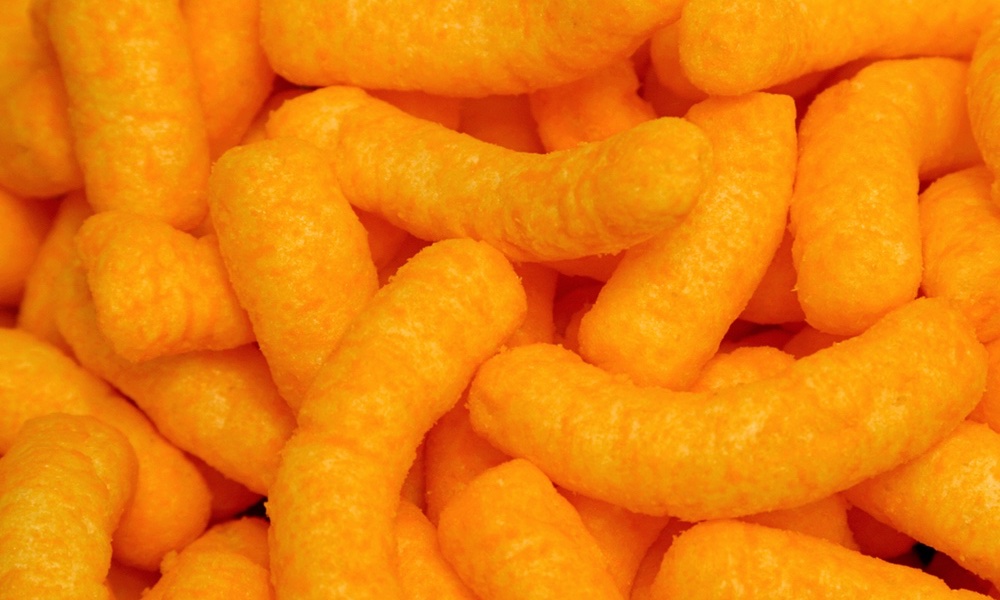Countries where high fructose corn syrup (HFCS) consumption is high have a 20% greater occurrence of type 2 diabetes than countries where HFCS consumption is low. And while this might merely mean that having a sweet tooth and diabetes go hand in hand, the researchers who conducted this worldwide study also found that the diabetes increase was independent of total sugar intake, which casts suspicion on HFCS as the actual culprit.
According to Michael I. Goran, the study's principal author, "HFCS appears to pose a serious public health problem on a global scale. The study adds to a growing body of scientific literature that indicates HFCS consumption may result in negative health consequences distinct from and more deleterious than natural sugar."
The diabetes increase was independent of total sugar intake, which casts suspicion on HFCS as the actual culprit.
Americans eat a third more fructose than they did 40 years ago, often in the forms of foods and beverages containing high-fructose corn syrup. By the late 1990s, HFCS made up 40% of all caloric sweeteners and was the predominant sweetener in soft drinks sold in the U.S. And over the past 40 years, rates of obesity and type 2 diabetes have also skyrocketed, leading many to wonder if there is a connection.
Chemically, HFCS is made of fructose and glucose and is similar in composition to the sucrose (table sugar) that it's been replacing, though it does have a bit more fructose. But there is a difference in that the fructose and glucose in HFCS are free, while in sucrose they are chemically bound to each other. There are indications that this free state causes the body to process the sugars in HFCS differently from the way it handles conventional sugar.
There is plenty of evidence that the body metabolizes fructose and glucose differently. Fructose is metabolized in the liver and may be readily converted into fat, unlike glucose. And glucose stimulates insulin production, while fructose does not.
Complicating matters is the fact that food labels rarely list the amount of fructose in a food.
In the current study, researchers from the University of Southern California and the University of Oxford compared the rates of type 2 diabetes and HFCS consumption in 42 different countries and found that high-consumption countries had a type 2 diabetes prevalence of around 8%, while the rate dropped to 6.7% in countries that used less HFCS.
Germany, Poland, Greece, Portugal, Egypt, Finland and Serbia are among the lowest HFCS consumers.
Other countries with per capita consumption of one pound or less HFCS per year include Australia, China, Denmark, France, India, Ireland, Italy, Sweden, the United Kingdom and Uruguay.
According to study co-author Stanley Ulijaszek, director of the Institute of Social and Cultural Anthropology at the University of Oxford: "Most populations have an almost insatiable appetite for sweet foods, but regrettably our metabolism has not evolved sufficiently to be able to process the fructose from high fructose corn syrup in the quantities that some people are consuming it."
Michael I. Goran, PhD, is professor of preventive medicine, director of the Childhood Obesity Research Center and co-director of the Diabetes and Obesity Research Institute at the Keck School of Medicine at USC.




